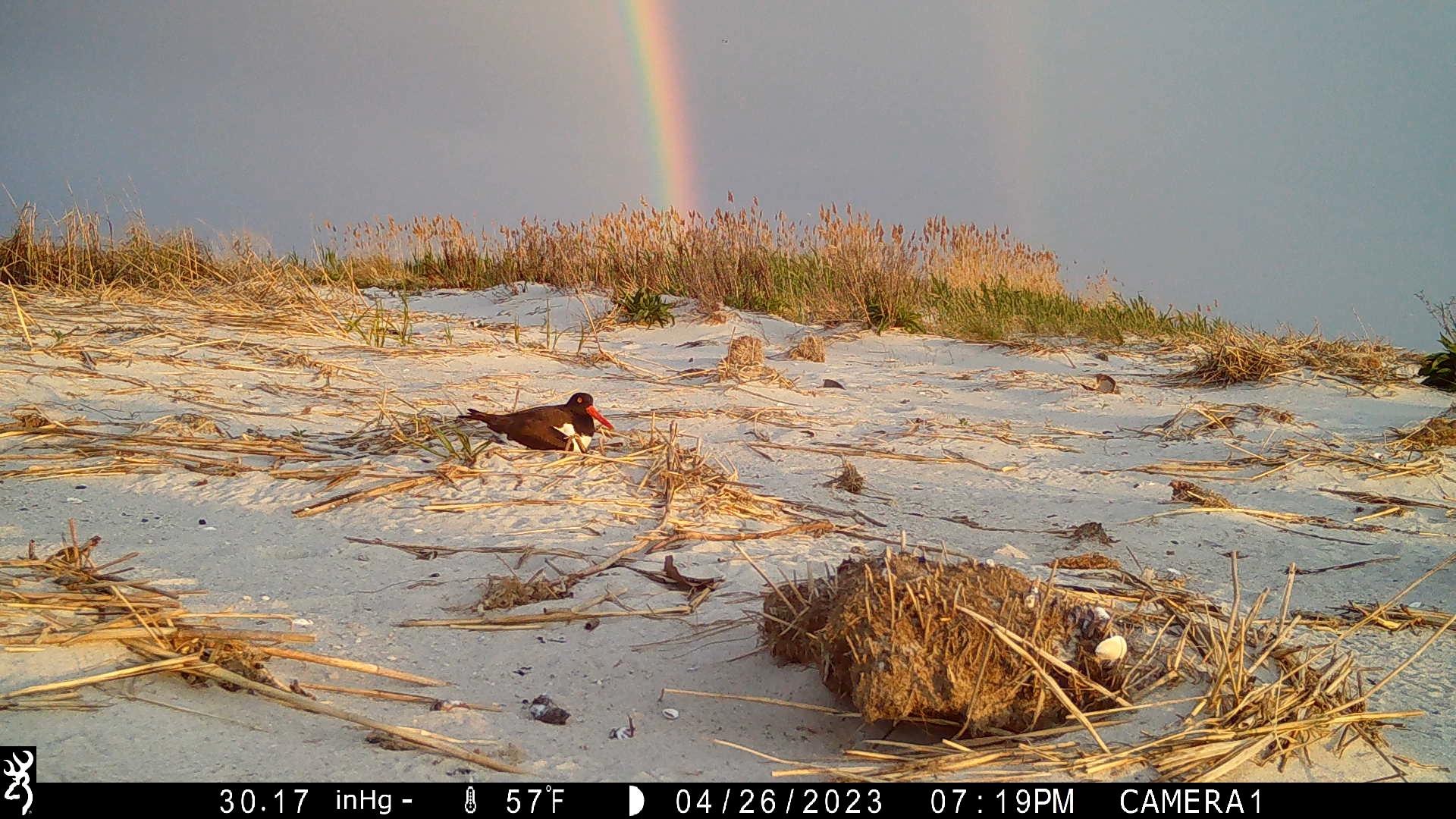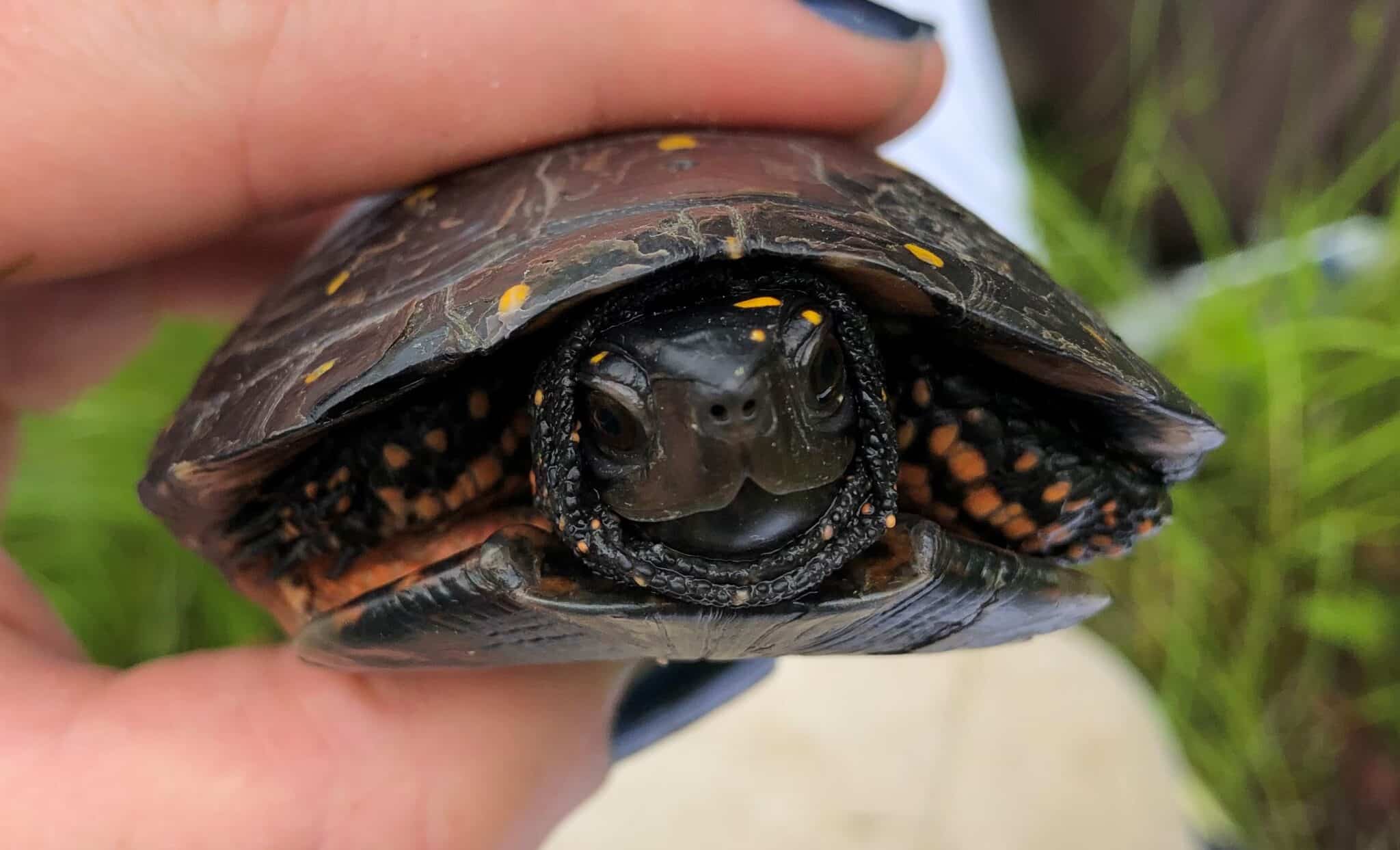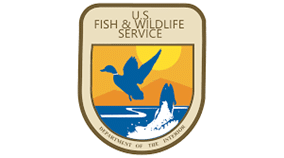CWF Awarded NFWF Grants for Research on the Delaware Bay
by Todd Pover, Senior Wildlife Biologist
Conserve Wildlife Foundation of New Jersey is pleased to announce that it was recently awarded two grants by the National Fish and Wildlife Foundation through its Delaware Watershed Conservation Fund (DWCF). The multi-year grants are Assessing American Oystercatchers to Inform Management and Restoration Strategies and Rare Turtle Research and Monitoring in the Southern Delaware River Basin.
The new American oystercatcher grant is a continuation of a similar current DWCF grant, the added years will allow for more comprehensive research and monitoring of oystercatchers on New Jersey’s Delaware Bayshore to help us determine long-term breeding trends. We will also continue to assess oystercatcher habitat use, including the development of Best Management Practices to facilitate habitat restoration on the Bayshore. New research under the expanded funding includes foraging and chick provisioning studies, as well as more banding and use of GPS transmitters to enhance tracking of oystercatcher movements within the Bayshore and beyond.

The turtle grant will allow for trapping, and telemetry surveys for bog and spotted turtles to be conducted at understudied and historically occupied New Jersey focal sites in the southern Delaware River basin. This project aims to provide the state with updated population demographics and landscape data for the region, in particular to direct and expedite future restoration and management activities. Restoration can then proceed at the highest priority sites to ensure inhabited wetlands retain all the landscape features necessary to sustain rare turtle populations.

The DWCF, created in 2018, is funded by the U.S. Fish and Wildlife Service to achieve the goals of the Delaware River Basin Conservation Act. The Act guides and supports federal, state, regional, and local partners to collaboratively identify, prioritize, and implement habitat restoration and conservation activities within the watershed.


